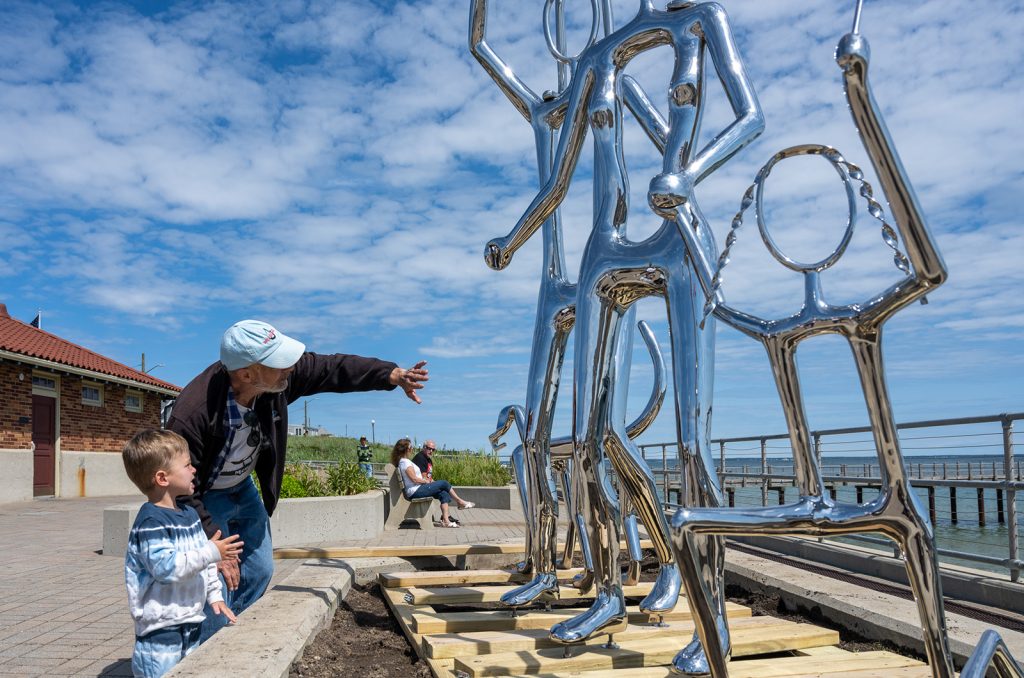Introduction of Michelangelo Artist
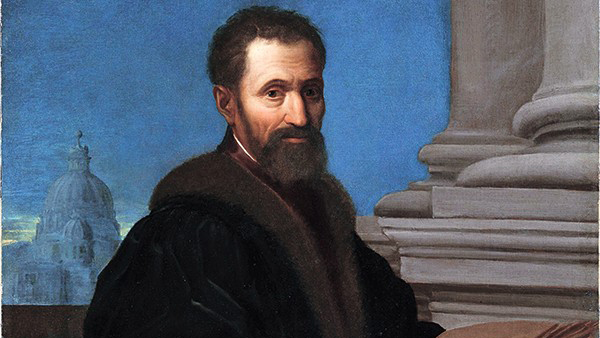
Michelangelo Artist di Lodovico Buonarroti Simoni was one of the greatest artists of the Renaissance period. His works span multiple fields such as painting, sculpture, and architecture, leaving an immortal artistic heritage for future generations. This article will introduce Michelangelo’s life story, artistic achievements, and profound influence on Renaissance art.
Life and background of Michelangelo Artist
Michelangelo Artist was born on March 6, 1475 in Florence, Italy. He was born into a poor family, but his talent is outstanding. At a young age, he showed a strong interest in painting and sculpture, which led to early cultivation in the field of art.
In Florence, Michelangelo was influenced by many artistic masters, such as Leonardo da Vinci and Lorenzo Giberti. His talent was quickly recognized by people and appreciated and praised by many nobles and popes.
Painting Art
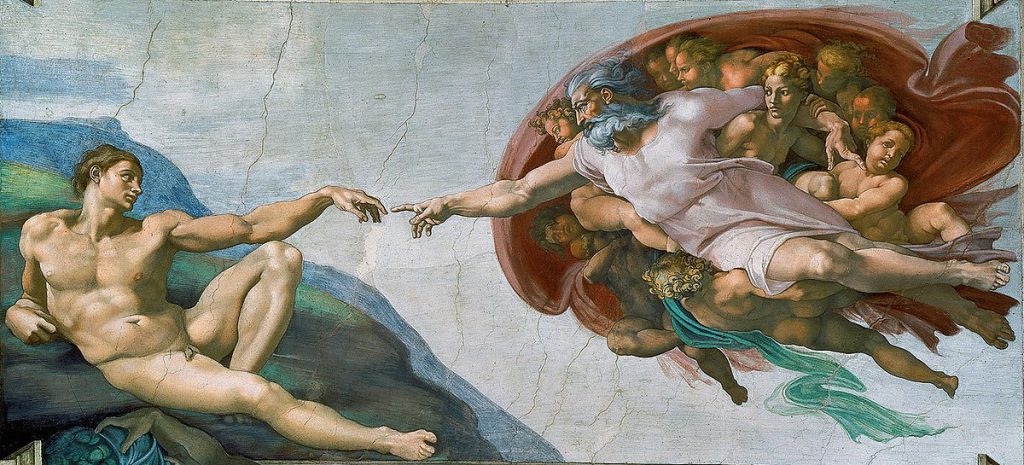
The most famous of Michelangelo’s paintings is the ceiling painting of the Sistine Chapel. He completed this magnificent work between 1508 and 1512. The ceiling painting showcases the story of Genesis, including scenes such as “Adam’s Creation” and “The Last Judgment”. This painting has become one of the masterpieces of Renaissance painting due to its magnificent and delicate painting techniques.
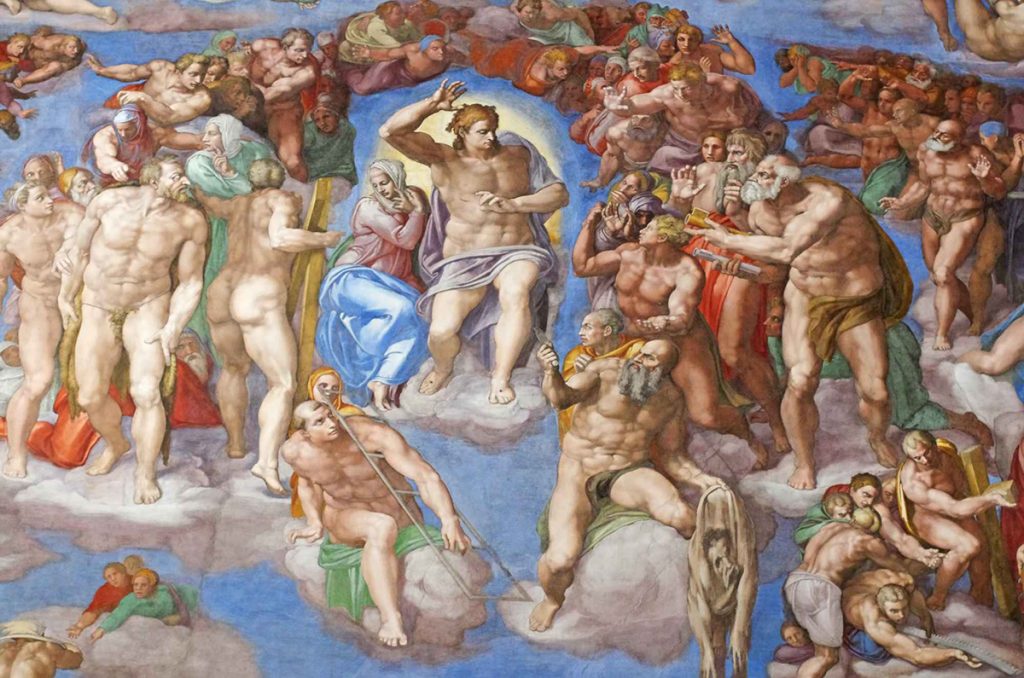
In addition to the ceiling paintings of the Sistine Chapel, Michelangelo also created many other excellent paintings, such as “The Last Judgment” and “Genesis”. His paintings are filled with the power and emotions of characters, as well as a profound understanding of human body structure and muscle morphology.
Sculpture Art
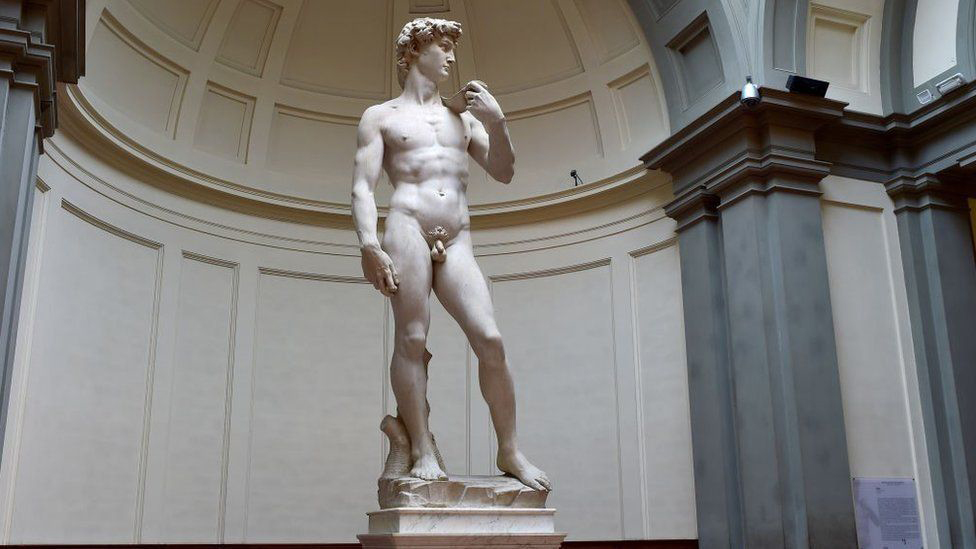
Michelangelo’s sculptures can be considered a treasure passed down from generation to generation. One of the most famous sculptures is’ The Statue of David ‘. He created this 5.17 meter tall marble statue between 1501 and 1504. The Statue of David shows the story of David defeating Goliath in the Bible. The statue shows the heroic image of David, as well as the perfect body proportion and muscle lines.
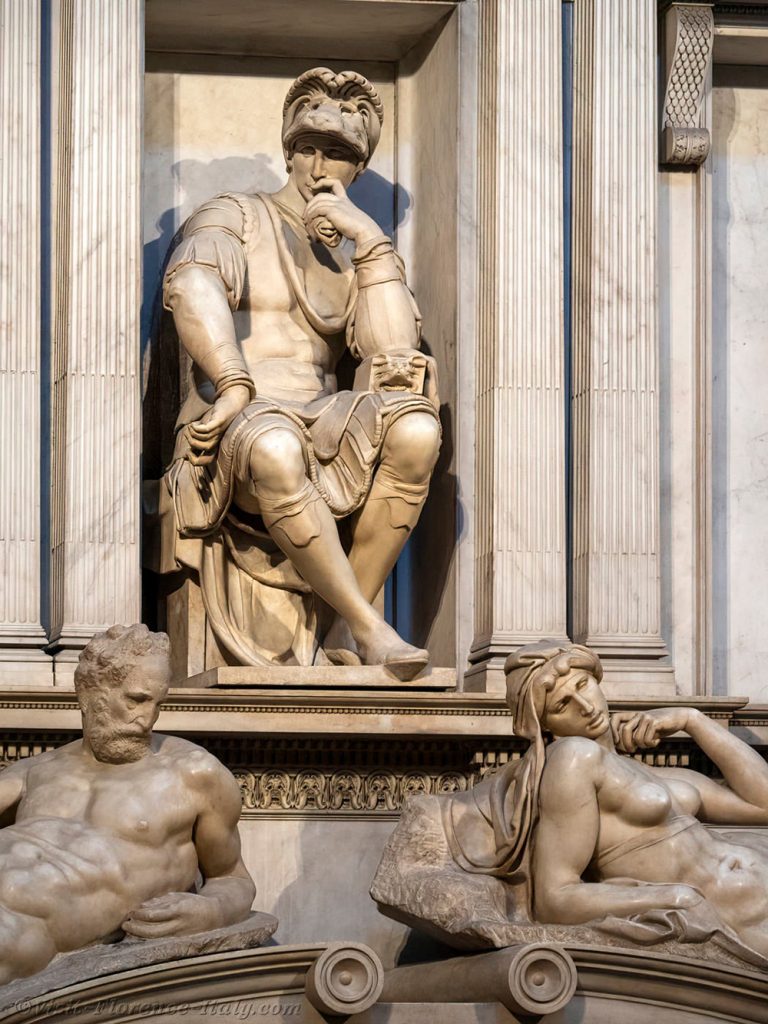
Michelangelo also created sculpture works such as “The Tomb of Father Lorenzo de Medici”, showcasing his profound portrayal of character emotions and clever use of sculpture materials.
Architectural art
In addition to painting and sculpture, Michelangelo was also an outstanding architect. He participated in the construction of St. Peter’s Cathedral and became one of the main designers of the building. His understanding of architectural structure and proportions made St. Peter’s Cathedral a magnificent architectural miracle.
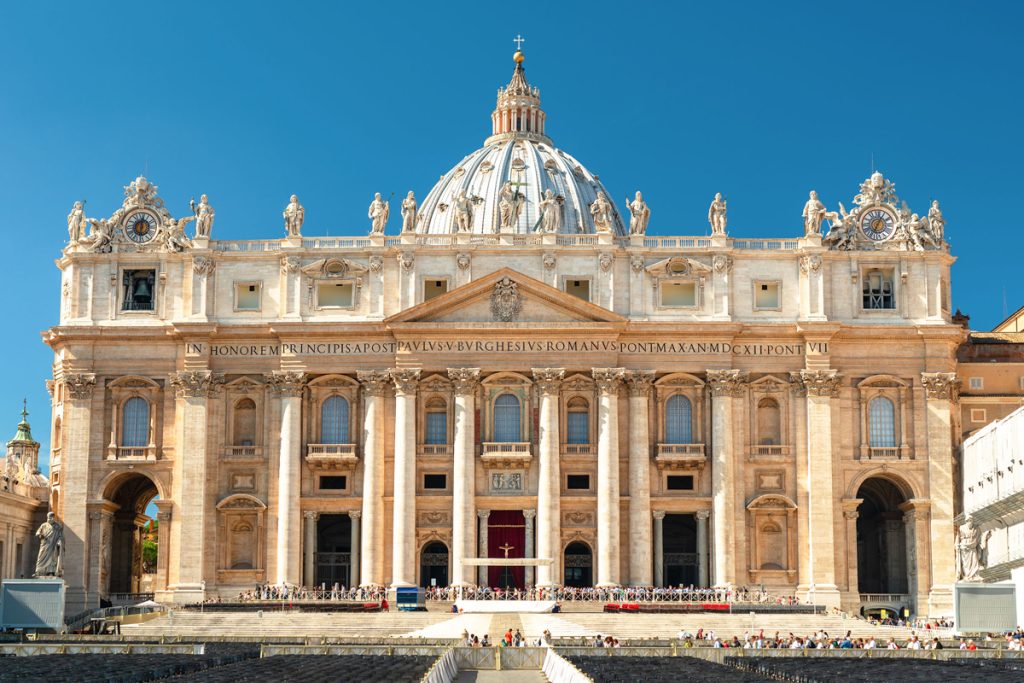
In addition, Michelangelo also designed squares and buildings on the Capitoli Mountain in Rome, showing his unique views on urban planning and Philosophy of architecture.
Impact and Heritage of Michelangelo Artist
Michelangelo had a profound impact on Renaissance art. He created new forms of artistic expression with his outstanding talent and unique artistic style, which had important implications for later artists.
His research on human structure and anatomy has led to his works presenting more realistic and natural expressions. His profound understanding of images and emotional depiction also provided valuable learning resources for later artists.
Conclusion
Michelangelo is one of the greatest artists in art history, and his works have received widespread praise and praise at that time, and are still highly regarded by future generations. His paintings, sculptures, and architectural works all showcase his outstanding artistic talent and pursuit of beauty. Michelangelo’s artistic achievements will forever shine brightly in the history of art, becoming a model for future generations to learn and worship.

